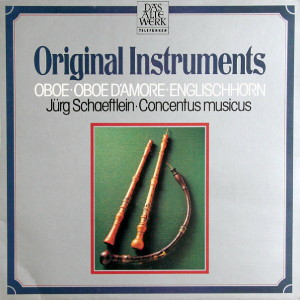 |
1 LP -
Telefunken 6.42110 AP (p) 1977
|
|
| ORIGINALINSTRUMENTE - Oboe ·
Oboe d'amore · Englischorn |
|
|
|
|
|
|
|
| Georg Friedrich Händel (1685-1759) |
Concerto
g-moll für Oboe, Streicher und
B.c. (Violoncello, Violone,
Cembalo)
|
|
8' 37" |
|
|
-
Grave |
2' 32" |
|
A1 |
|
-
Allegro |
1' 52" |
|
A2 |
|
-
Sarabande, Largo |
2' 15" |
|
A3 |
|
-
Allegro |
1' 58" |
|
|
| Antonio Vivaldi (1678-1741) |
Concerto
a-moll (F. VII/13) (P. 89) für
Oboe, Streicher und B.c.
(Violoncello, Violone, Cembalo) |
|
9' 37" |
|
|
-
Allegro |
3' 25" |
|
A4 |
|
-
Largo |
3' 07" |
|
A5 |
|
-
Allegro |
2' 55" |
|
A6 |
| Johann Sebastian
Bach (1685-1750) |
Konzert
für Oboe d'amore, Streicher und
B.c. (Violoncello, Violone,
Cembalo) A-dur -
Rekonstruktion nache dem
Cembalokonzert BWV 1055) |
|
14' 02" |
|
|
-
(Allegro) |
4' 38" |
|
B1 |
|
-
Larghetto |
5' 09" |
|
B2 |
|
-
Allegro ma non tanto
|
4' 15" |
|
B3 |
| Wolfgang Amadeus Mozart (1756-1791) |
Adagio
C-dur, KV 580a für Englischorn, 2
Violinen und Violoncello
(Ergänzt von Herbert Tachezi) *
|
|
4' 34" |
B4 |
|
|
|
|
|
| Jürg
SCHAEFTLEIN |
|
|
-
Oboe (Jacob Denner, Nürnberg, um
1715)
|
|
|
| -
Oboe d'amore (Johann Wilhelm (I)
Oberlander, Nürnberg, um 1735) |
|
|
| -
Englishorn (J. Baur, Wien, 2
Halfte 18. Jahrhunderts) |
|
|
| Die Instrumente
sind Eigentum des Germanischen
Nationalmuseums, Nürnberg; die
Oboe gehört zur Sammlung
historischer Musikinstrumente Dr.
Dr. h.c. Ulrich Rück im
Germanischen Nationalmuseums,
Nürnberg. |
|
|
|
|
| Händel / Vivaldi /
Bach |
Mozart |
|
| Jürg
SCHAEFTLEIN, Oboe, Oboe
d'amore |
Jürg
SCHAEFTLEIN, Englishorn |
|
| Concentus
Musics Wien (mit
Originalinstrumenten) |
Alice
Harnoncourt, Violine |
|
Nikolaus
Harnoncourt, Leitung
|
Walter
Pfeiffer, Violine |
|
|
Nikolaus
Harnoncourt, Violoncello |
|
|
|
|
|
Luogo
e data di registrazione |
|
Palais
Rasumowsky, Vienna (Austria) -
marzo e aprile 1973 (Händel)
Casino Zögernitz, Vienna (Austria)
- 1973 (Vivaldi)
1976 (Bach & Mozart)
|
|
|
Registrazione:
live / studio |
|
studio |
|
|
Recording
Supervision
|
|
-
|
|
|
Edizione LP |
|
TELEFUNKEN
- 6.42110 AP - (1 LP - durata 36'
50") - (p) 1977 - Analogico
|
|
|
Originale LP
|
|
TELEFUNKEN - SAWT
9618-A - (1 LP - durata 43' 03")
- (p) 1974 - Analogico (Händel)
TELEFUNKEN - 6.41961 AW - (1 LP
- durata 34' 53") - (p) 1976 -
Analogico (Vivaldi)
TELEFUNKEN - 6.42032 AW - (1 LP
- durata 45' 21") - (p) 1977 -
Analogico (Bach)
TELEFUNKEN
- 6.42110 AP - (1 LP - durata
36' 50") - (p) 1977 -
Analogico (Mozart)
|
|
|
Prima Edizione CD |
|
TELDEC - 8.35545 ZA
- (2 CD's - durata 42' 27" &
37' 14") - (c) 1985 - AAD
(Händel)
TELDEC - 8.35777 XD - (3 CD's -
durata 70'12, 71'37 &
64'22") - (c) 1989 - ADD
(Vivaldi)
TELDEC - 3984-25717-2 - (10
CD's) - (c) 1999 - ADD (Bach)
|
|
|
Note |
|
Long
playing compilation (ad esclusione
del brano di Mozart).
|
|
|
|
|
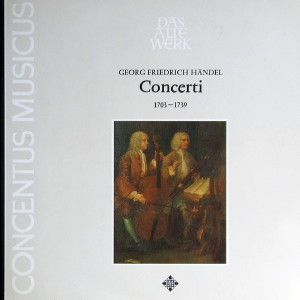 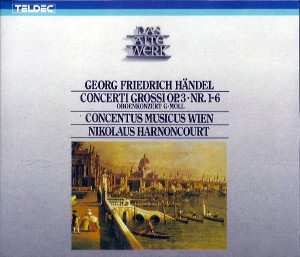 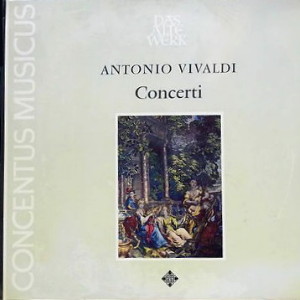 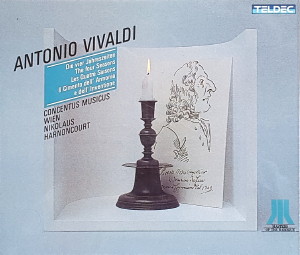 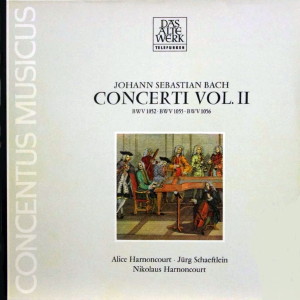 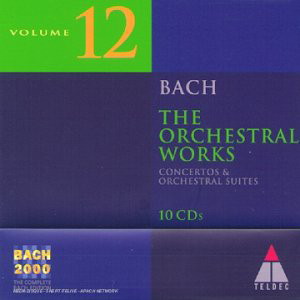 |
Most
European musical
instruments
originate from the
orient. The shawm
too, with its
double reed,
conical tube and
flared bell
section reached
Europe in the
course of Islamic
wanderings,
turning up there
in the 12th
century at the
latest. In the
16th century the
shawm was built up
into an entire
family, comprising
small, high, large
and deep members,
from which were
developed about a
dozen variants. In
the first half of
the l7th century
the deep shawms
and the variants
disappeared from
performance
practice. What
remained was the
discant shawm,
which was
developed in
France around the
middle of the
century into an
instrument known
in French as
hautbois (= high
wood). The
Italians
phonetically
transformed this
word into oboe,
which then turned
into oboe in
German.
The basic key
scale of the oboe
is D major. By way
of a key for c’
the range is
extended downwards
by one note. The
chromatic notes
come about by half
covering or
crossfingering,
and only for
e’-flat there are
two keys for the
little fingers,
one left and the
other right, since
up to the middle
of the 18th
century performers
held either the
left or the right
hand downwards.
In the 18th
century the oboe
was again expanded
into a little
family. Around
1720 the oboe
d’amore or
“Liebesoboe” in A
was evolved, i.e.
transposed
downwards a minor
third, with a
straight tube and
a pear-shaped foot
(Liebesfuss) which
gives the
instrument a
softer tone. The
method of playing
is the same as
with the oboe. The
concerto by J. S.
Bach played on
this record has
been preserved as
a piano concerto,
but actually is an
arrangement of a
score which has
been mislaid for a
different solo
instrument. It is
played here on an
oboe d’amore made
by Johann Wilhelm
Oberlender, also
of Nuremberg.
Oberlender’s son
later took over
Jacob Denner’s
workshop.
In the same
century several
forms of oboes in
F emerged,
transposed a fifth
lower and bearing
various names. One
of these at first
had a curved tube
with a leather
covering (which
was later bent)
and also had a
“Liebesfuss”. Its
confusing name was
the English horn.
The instrument
used in this
recording made by
J. Baur of Vienna
dates back to the
second half of the
century, when the
right hand was
still being used
in the downward
position, so that
only one e’-flat
key to the right
still exists. In
1789 Mozart
composed for an
instrument of this
kind the Adagio
for English horn
and three
accompanying parts
which were not
more clearly
specified.
John
Henry van der
Meer
(English
translation by
Frederick A.
Bishop)
|
|
|
|

